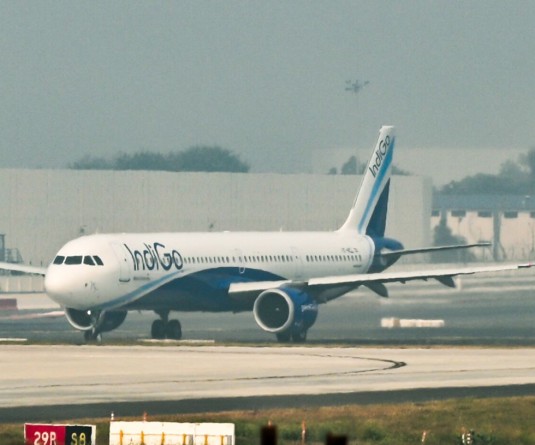
Newmai News Network
Kohima | May 21
The scourge of water scarcity has hit most in many parts of Nagaland, if not all the districts of the state. The scarcity of water has been a matter of worry for the denizens of Nagaland for years now. Had it not been for the timely monsoon rains in all these years, the people of the state would have faced untold hardships due to scarcity of water with the exception of Dimapur.
Dimapur is not hit hard as much as other places of Nagaland by the scourge of water owing to it being strategically located in the foothills. Because of this reason, more or less, it has emerged as the economic capital of the state. But even Dimapur has no dependable system for proper and regular supply of drinking water for its ever-increasing population. However, owing to the utter negligence of the concerned department in this regard, the people of this fast-growing commercial centre of the region are left with no other option but to solely depend on ground water, which has led to an unrestricted exploitation of groundwater reserves.
The state capital, Kohima, has been deprived of water since October 2008, making the lives of the public miserable, especially the ‘lower’ sections of the people. Nagaland Minister for PHE, Dr. Nangshi K Ao, said the shortage is due to the existing land dispute between Poilwa and Khonoma village and their refusal to supply water to the state capital. On the other hand, the main pipeline from Jotsoma and Phesama, the other source of supply of water to Kohima, is damaged since last year and so far no corrective measures have been taken up due to “low level of fund allocation” for the urban areas.
The problem of drinking water is more or less the same in the other districts of the state. In the backdrop of the prevailing situation, water conservation has become the most important way out to avoid the water crisis. For Nagaland, it has become a matter of compulsion for rainwater harvesting and other economic ways of saving water at homes.




.jpg)

